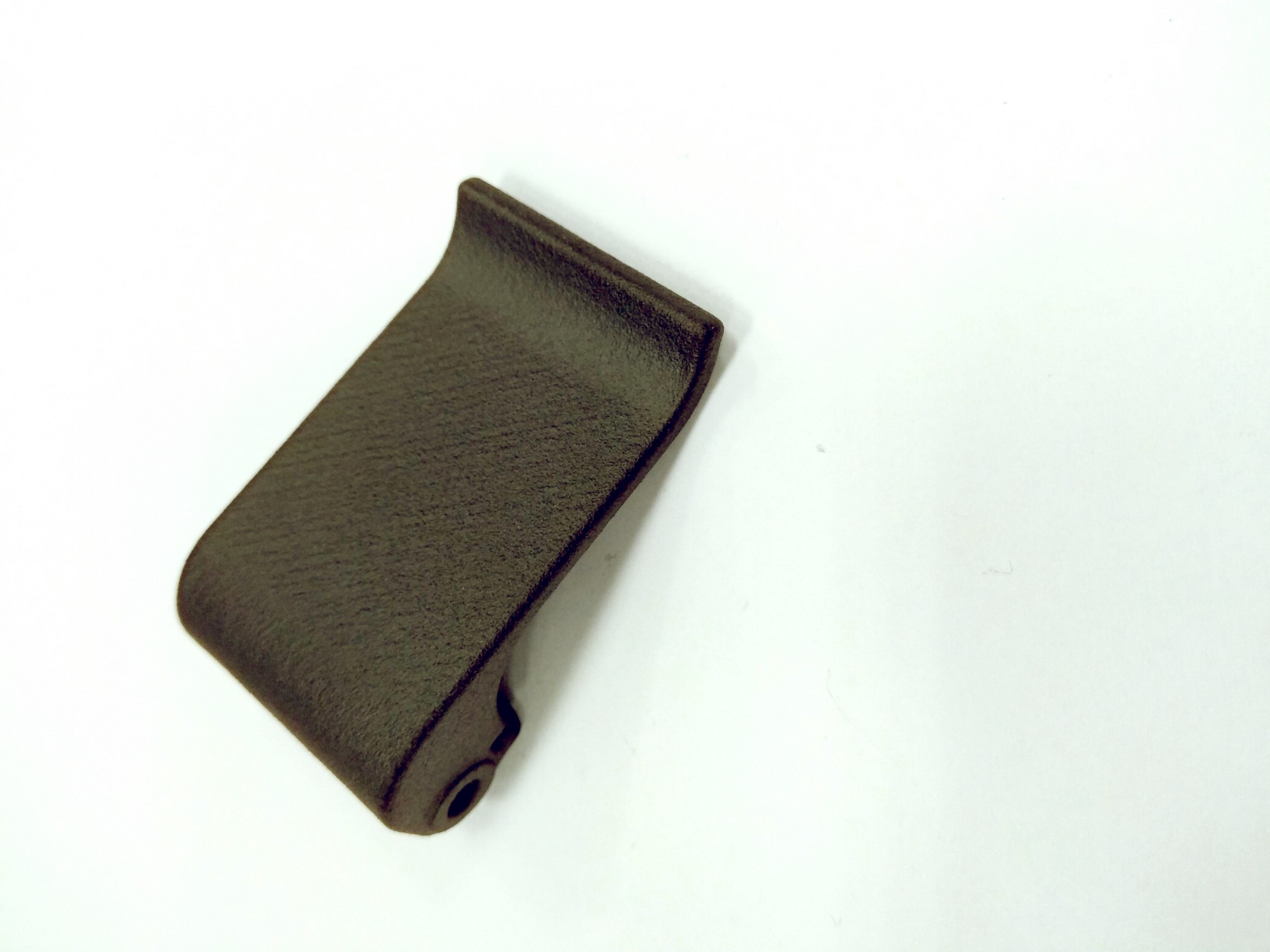![An experimental 3D printed spare part for a consumer product [Source: Medium]](https://fabbaloo.com/wp-content/uploads/2020/05/image-asset_img_5eb0a2a653de5.jpg)
I’m reading a piece by Joe Iles discussing recent explorations by industry on the notion of 3D printed spare parts.
This is a frequently considered idea, but as we’ve said in the past the concept faces numerous challenges.
The problem is that companies must spend huge amounts of extra cost and time to produce, house and ship spare parts for their mechanisms, sometimes long after the product was made. The problem is aggravated by the fact that quick repairs will require pre-positioning of spares in widely spread areas to avoid waiting for parts shipments.
3D printing could, in theory, solve this issue by simply printing the parts on demand in the required locations, thus avoiding shipping delays and the huge costs of holding vast inventories of spare parts.
This notion is being explored by several 3D printing startups, notably Aurora Labs, who are exploring 3D printing large metal spare parts for remote mining operations, and Ivaldi Group, who are doing something similar for shipping repair services.
But could that concept really work for all types of spare parts, even for inexpensive consumer devices? It turns out that several industry participants teamed up to do an experiment on this concept. HP, Teleplan, IKEA, Philips, and iFixit performed a year-long project to explore potential applications of 3D printing tech, and specifically focused on the spare parts issue.
I think this is quite interesting, because Teleplan in particular is a service organization that must literally use spare parts, as they are an after-sales service for electronics. Every day their staff draws on inventories of spare parts and thus they must suffer the lengthy shipping delays described above.
Teleplan’s Xavier Hubert explains the issue:
”Product support specialists face real parts supply chain challenges every day: forecast commitments, minimum order quantities, long lead times, freight costs, critical inventory balancing and positioning, and excess and obsolete inventory. Last-time-buy decisions, in particular, are driving huge storage costs and result either in excess or missed opportunities on future repairs. This is a bet no one ever wins, exposing both the planet and the bottom line. On-demand 3D printing could potentially solve all this.”
Teleplan worked with HP to 3D print spare parts for selected devices – in this case an HP OfficeJet 2D paper printer – as an experiment.
Did their experiments work? Apparently not. Iles explains:
“At this experimental stage, the results were mixed, and the 3D printed parts varied in texture, colour, and accuracy. Teleplan conducts warranty repairs, so consistency and reliability are important.
The team realised that when products are designed and produced with one technology, it can be difficult to simply introduce 3D printing technology within the manufacturers’ support and repair strategy. As a result, the team decided that the parts from the experiment wouldn’t be practical for their business.”
Aha – now we have a key finding: manufactured goods are optimized for production efficiency, not necessarily for repairs and certainly not to accept 3D printed spare parts.
There is a huge implication here: in order to achieve the 3D printed spare parts vision, manufacturers must redesign their products to ensure compatibility with 3D print spare parts methods.
One way to do this implicitly is to manufacture the original parts using 3D printers and simply use the same equipment to make the spare parts later. But there’s a couple of issues with this approach.
The cost of 3D printed parts almost always vastly exceeds the cost of traditionally manufactured parts, which would no doubt lead to overly expensive products.
The other problem is that 3D printer models don’t last forever. They are upgraded, discontinued and ultimately obsoleted. Thus a part made, say, seven years ago on a Dimension 1200 3D printer might be hard to re-make on the same device simply because you can’t easily gain access to the same 3D printer.
I believe that at some point a manufacturer is going to do the calculations and determine that there is a solid business case to swap out their traditional spare parts regime and replace it with a 3D print version, but at the same time re-engineering their products to enable that to happen.
Via Medium











